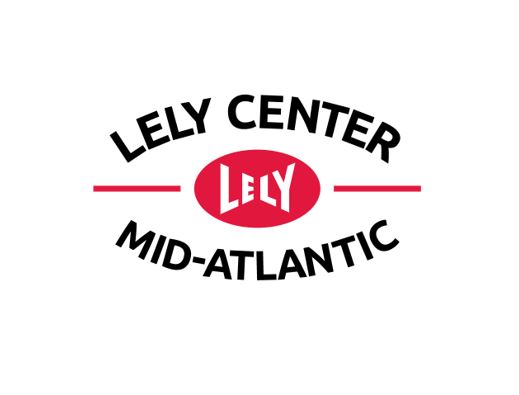On December 14, 2019, my family experienced a barn fire. Thankfully, no animals were lost, and the fire company was able to save our 1952-built parlor. However, the barn was a total loss.
The next seven months felt much longer than they actually were. We had many family discussions and made several big decisions in a short amount of time. Ultimately, we decided to accelerate our five-year plan into a five-month plan. We installed two Lely Astronaut A5 robots, two Discovery 120 manure collectors, and one Vector feeding system utilizing our tower silos.
On July 17, 2020, our cows came home to a barn that was mostly finished. By July 20, one of the collectors and the Vector system were operational. Then, on the morning of August 31, Oakleigh Farm officially stepped from the 1950s dairy era into a cutting-edge, 21st-century dairy operation.
As we approach the fifth anniversary of the fire, I find myself reflecting on the lessons we’ve learned along the way:
1. Planning Ahead Was a Smart Move
We had been considering robotic technology since 2015. By 2017, we got more serious about it and began attending “Learn with Lely” events. Initially, we thought about retrofitting robots into our existing facility since a new build wasn’t feasible at the time.
This early research and planning were invaluable when we needed to make a “rushed” but informed decision. I’ll always be grateful for the time and effort Lely and Lely Center Mid-Atlantic invested in us during this phase.
For anyone considering robotic technology—even as part of a five- or ten-year plan—I encourage you to contact your local Lely Center sales team early. You can never do too much research.
2. Some Things You Can’t Put a Price Tag On
One of the greatest benefits of farming with robotic technology is the flexibility it provides. We no longer have to adhere to strict schedules for milking, feeding, or manure scraping. While there’s still plenty of work to do, we can now set our own schedules.
This flexibility doesn’t show up on a banker’s balance sheet, but it’s priceless. For example, my brother-in-law, who isn’t from a farming background, noticed how much less stressed my parents seemed just six months after we started. We’ve also been able to enjoy more family time around special events. Sundays feel more like Sundays now, and if one of us wants a long weekend away, it’s possible without hiring extra help.
These things may not have a direct monetary payback, but the benefits—like better sleep and moments away from the farm—are immeasurable.
3. Some Things You Can Put a Price Tag On
The cows have responded amazingly to the robotic system. Production is up, components are better, and health incidents are down. We’re shipping more milk with fewer cows and seeing more lactations in our herd.
Additionally, we’ve improved the quality of our forage. Since we handle most of our fieldwork ourselves (except combining and large baling), we can now stay in the fields until harvest is finished, without needing to stop for milking.
This flexibility has also opened the door to new business opportunities that could add to our farm’s bottom line—something that wouldn’t have been possible if we were tied to the parlor twice a day.
4. Our Team Has Expanded
One of the reasons we chose Lely over other robot manufacturers was the team that would support us. From service technicians who keep the robots running smoothly to Farm Management Support (FMS) specialists, the support has been phenomenal.
Kayla, our FMS specialist, has become a valuable part of our team. She collaborates with our vet and nutritionist to ensure the herd is performing as expected. She’s also helped us create custom reports and routing systems, making it easier to track cows and information.
Modern farming often requires a team approach, and we’re grateful to have FMS as part of ours.
5. Robotic Farming Is Still Farming
At the end of the day, the robots have one job: to milk the cows. It’s up to us, the farmers, to ensure they can do that job effectively.
Cows are still cows—they’ll find ways to get into tricky situations. Milk production still depends on proper foot health, reproductive management, and high-quality forage. We still deal with weather impacting forage quality and managing inventory.
While robots are not a cure-all, they’re an incredible management tool that helps us operate more efficiently.
The journey to where we are today has been full of ups and downs. But in the end, we’re thrilled with how well the robots have performed. Their success has allowed me to add another hat to my collection: Capital Sales Specialist.
For me, it’s an easy sell. I’ve seen firsthand the difference robotic technology has made for my family, and I’m excited to help other farms use robots to achieve their goals.
